The maritime industry has entered a new era with the successful transoceanic voyage of an autonomous cargo ship equipped with machine vision-based obstacle avoidance systems. This groundbreaking journey marks a pivotal moment in the evolution of shipping technology, demonstrating that unmanned vessels can navigate complex oceanic environments without human intervention.
The Mayflower Autonomous Ship (MAS), a 50-foot solar-powered trimaran, recently completed its 3,500-mile crossing from Plymouth, England to Halifax, Canada. What makes this voyage extraordinary isn't just the lack of crew, but the ship's ability to independently detect and avoid obstacles using an array of cameras, radar, and artificial intelligence. Unlike previous autonomous vessels that relied on pre-programmed routes, this system makes real-time navigation decisions by interpreting visual data from its surroundings.
At the heart of this technological marvel lies a sophisticated machine vision system developed by marine engineers and AI specialists. The system processes visual information much like human eyes would, but with significantly enhanced capabilities. Multiple high-resolution cameras provide 360-degree coverage, while thermal imaging allows for nighttime navigation. Advanced algorithms analyze wave patterns to distinguish between normal swells and potential collision threats such as shipping containers, whales, or small boats.
IBM's edge computing technology plays a crucial role in this system, enabling real-time data processing aboard the vessel despite limited bandwidth at sea. The ship's AI must make split-second decisions when encountering obstacles, calculating new routes that consider weather patterns, currents, and maritime regulations. During the voyage, the system successfully identified and avoided numerous fishing vessels, cargo ships, and even a pod of curious dolphins that approached too closely.
Traditional maritime navigation relies heavily on human judgment and experience - qualities that are challenging to replicate with artificial intelligence. The developers addressed this by training the system with millions of nautical miles worth of shipping data, including rare edge cases that might confuse conventional algorithms. The machine learning models can recognize partially submerged objects, interpret the navigation lights of other vessels, and predict the movement patterns of different marine craft.
Weather posed one of the greatest challenges during the transatlantic crossing. The autonomous system had to contend with Force 8 gales that would test even seasoned captains. By analyzing real-time weather satellite data and comparing it with visual inputs from onboard cameras, the ship's AI could adjust course and speed to minimize stress on the vessel while maintaining progress toward its destination. At one point, it autonomously navigated around a developing storm system that hadn't been present in original weather forecasts.
Regulatory hurdles represent a significant barrier to widespread adoption of autonomous shipping. Current international maritime law wasn't written with unmanned vessels in mind. The success of this voyage provides concrete data to help regulatory bodies develop new frameworks. The ship's operators worked closely with coast guard agencies and maritime authorities in both departure and arrival countries to establish temporary protocols for this experimental crossing.
The environmental implications of autonomous shipping could be profound. Without crew accommodations and life support systems, these vessels can be designed with greater fuel efficiency. The MAS prototype runs primarily on solar power with a diesel generator backup, producing significantly lower emissions than conventional cargo ships. Future commercial versions could incorporate similar hybrid systems, potentially reducing the shipping industry's carbon footprint.
While this transatlantic crossing represents a major milestone, developers acknowledge there's still progress to be made. The current system works best in open waters and still faces challenges in crowded ports and complex coastal areas. Next-generation systems will need to handle intricate docking procedures and comply with port authority communications. The team is already working on enhanced versions that can interpret harbor master instructions and navigate busy shipping lanes with precision.
Commercial shipping companies are watching these developments closely. The potential economic impact is substantial - autonomous ships could operate continuously without crew shifts, reduce labor costs, and optimize routes in ways human crews cannot. However, maritime unions and some safety advocates have expressed concerns about job displacement and the reliability of fully automated systems in emergency situations.
This successful voyage demonstrates that the technology for autonomous ocean navigation has reached a practical level of maturity. As the systems continue to improve, we may see autonomous cargo ships becoming a common sight on the world's oceans within this decade. The implications extend beyond commercial shipping - the same technology could revolutionize scientific research vessels, offshore energy support craft, and even naval operations.
The journey of this vision-guided autonomous vessel represents more than just a technological achievement; it signals a fundamental shift in how humanity interacts with the marine environment. As these systems develop, they'll need to balance efficiency with environmental stewardship and safety. The successful completion of this transoceanic voyage proves that machine vision and artificial intelligence can indeed take the helm, opening new horizons for maritime transportation.
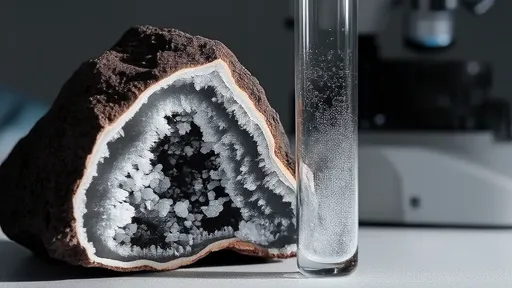
By /Jul 18, 2025
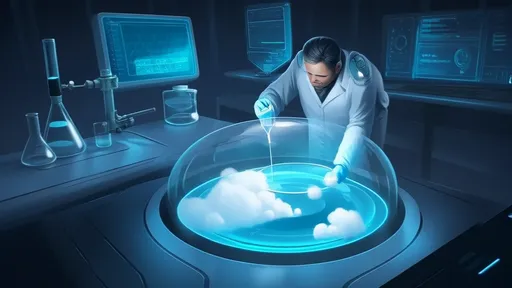
By /Jul 18, 2025

By /Jul 18, 2025
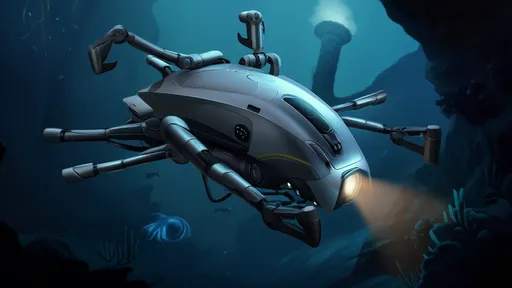
By /Jul 18, 2025
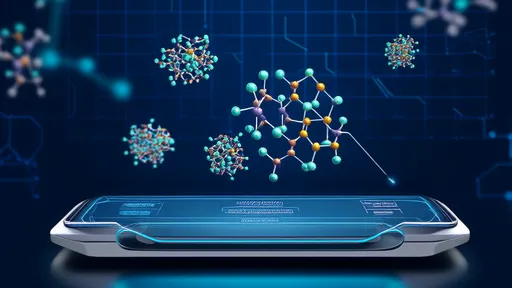
By /Jul 18, 2025
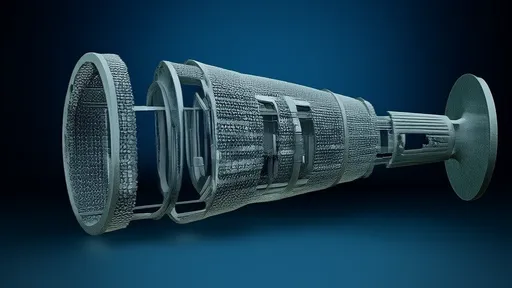
By /Jul 18, 2025

By /Jul 18, 2025

By /Jul 18, 2025
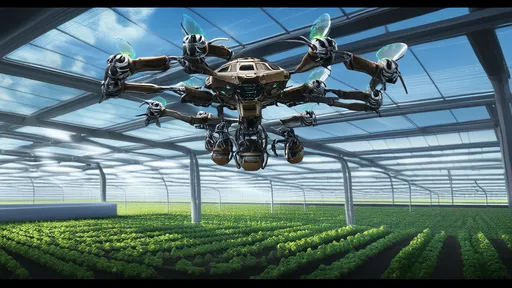
By /Jul 18, 2025
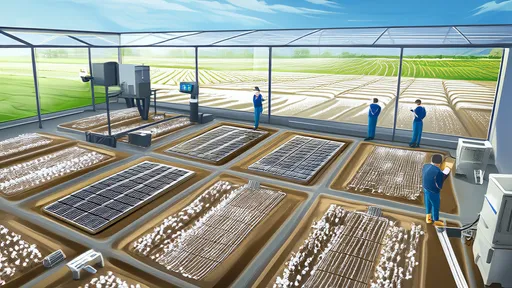
By /Jul 18, 2025
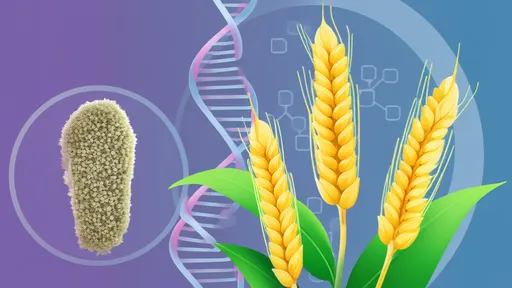
By /Jul 18, 2025
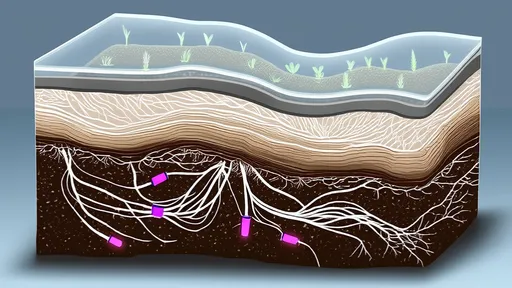
By /Jul 18, 2025

By /Jul 18, 2025
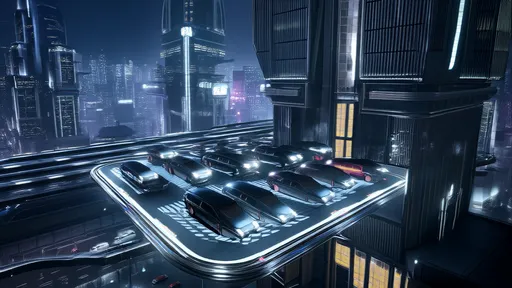
By /Jul 18, 2025
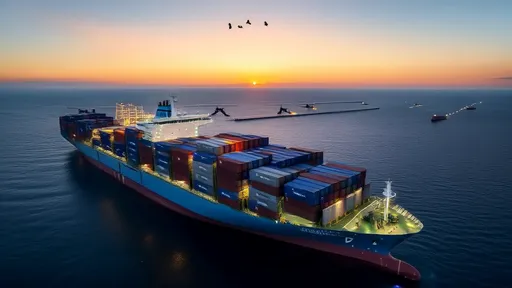
By /Jul 18, 2025
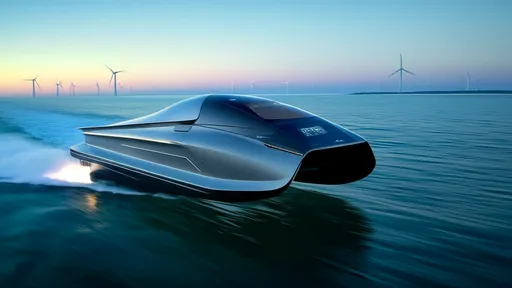
By /Jul 18, 2025
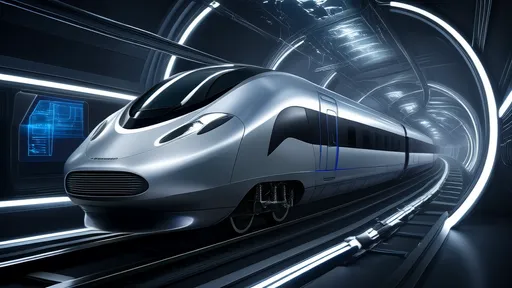
By /Jul 18, 2025
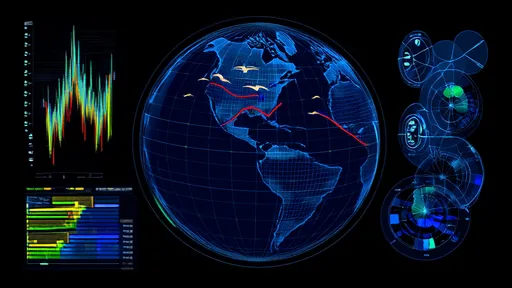
By /Jul 18, 2025